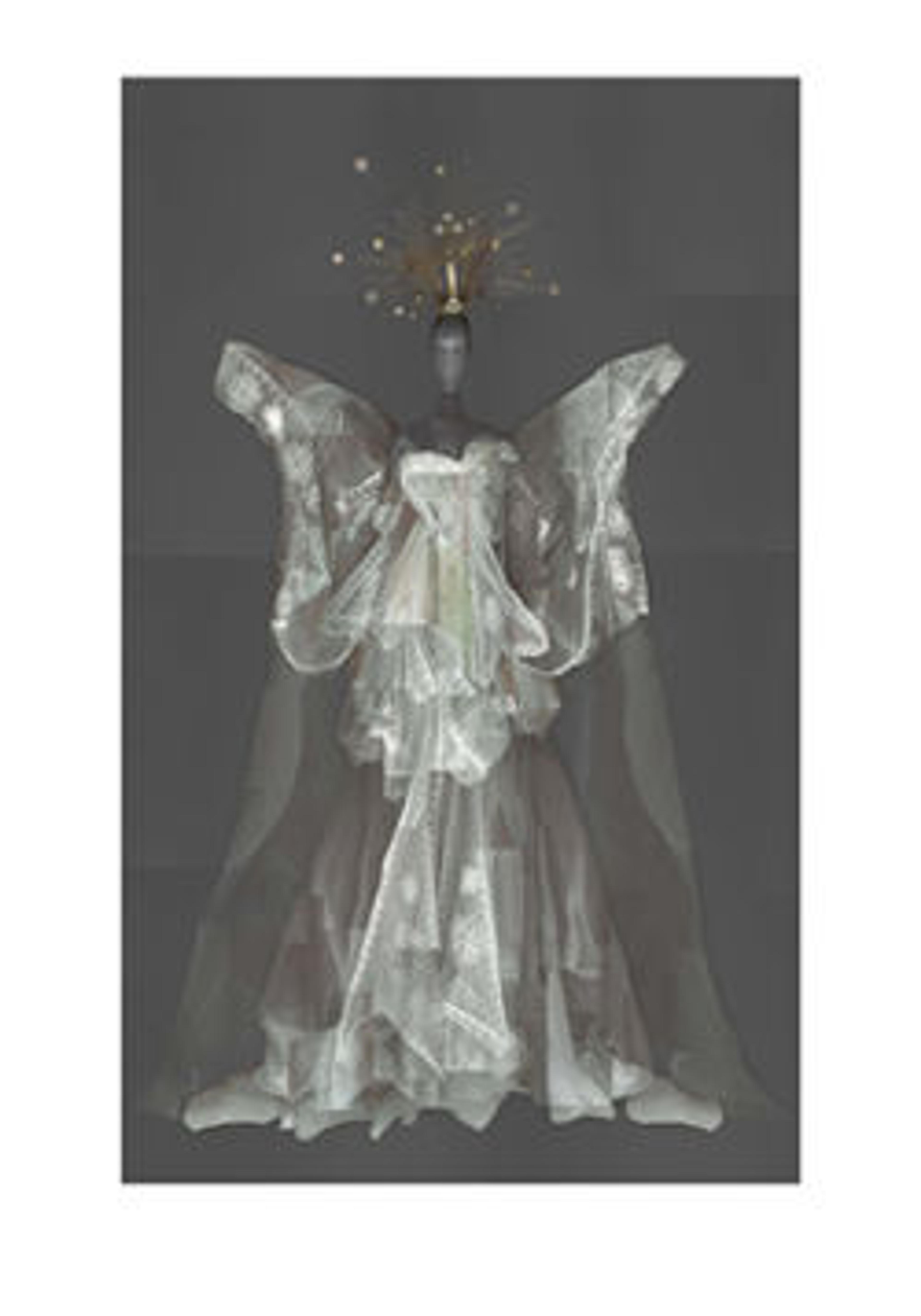Scenes from the Life of Saint Augustine of Hippo
Artwork Details
- Title: Scenes from the Life of Saint Augustine of Hippo
- Artist: Master of Saint Augustine (Netherlandish, ca. 1490)
- Date: ca. 1490
- Geography: Made in Bruges, Flanders, Southern Netherlands
- Culture: Netherlandish
- Medium: Oil, gold, and silver on wood
- Dimensions: Framed: 59 7/8 × 64 1/2 × 2 3/4 in., 98 lb. (152.1 × 163.8 × 7 cm, 44.5 kg)
54 1/4 × 59 in. (137.8 × 149.9 cm)
Other (greatest thickness): 3/8 in. (1 cm) - Classification: Paintings-Panels
- Credit Line: The Cloisters Collection, 1961
- Object Number: 61.199
- Curatorial Department: Medieval Art and The Cloisters
Audio
36. Scenes from the Life of Saint Augustine of Hippo
Gallery 0
NARRATOR #2 (JANNIE WOLF): This painting in oil on oak from the late fifteenth century was the central panel in an altarpiece devoted to the life and legend of the great theologian St. Augustine. Five episodes are depicted here. In the upper left corner, we see Augustine's ordination by Bishop Valerius. In the lower left, Augustine as a young man preaches from a pulpit while Valerius and St. Monica, Augustine's mother, listen. The central image shows Augustine being installed as bishop of Hippo, in North Africa, where he was born. In the upper right corner is a particularly luminous passage representing the most popular Augustinian legend, where he speaks with a child on the beach—understood to be the Christ Child—who is attempting to pour the entire sea into a small hole in the sand. When Augustine tells the Child that this is impossible, the Child replies that it is no more impossible than it would be to penetrate the mystery of the Trinity, upon which Augustine was then meditating. And in the lower right section, Augustine, dressed in the red robe and hat of the scholar, discusses complex theology with his disciples. In the central image, the painter meticulously records liturgical objects and vestments of the time. Notice especially the censer, a pierced vessel in which incense is burned, the holy-water stoup with a feathered aspergillum, used to sprinkle water, and the navette, or incense container.
More Artwork
Research Resources
The Met provides unparalleled resources for research and welcomes an international community of students and scholars. The Met's Open Access API is where creators and researchers can connect to the The Met collection. Open Access data and public domain images are available for unrestricted commercial and noncommercial use without permission or fee.
To request images under copyright and other restrictions, please use this Image Request form.
Feedback
We continue to research and examine historical and cultural context for objects in The Met collection. If you have comments or questions about this object record, please contact us using the form below. The Museum looks forward to receiving your comments.
